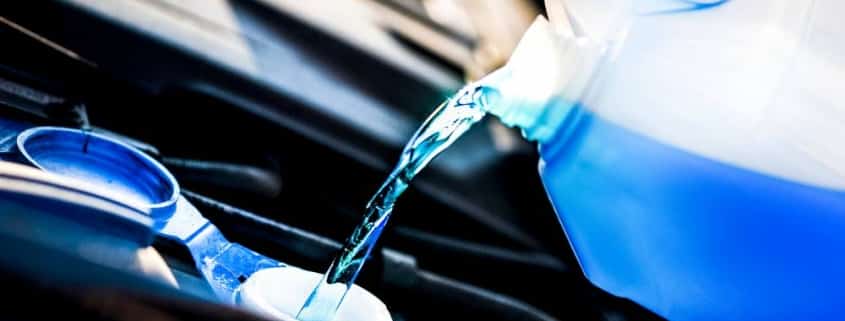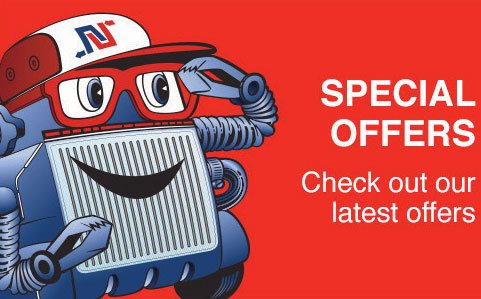What is radiator contamination?
How to tell if your radiator is contaminated
Radiators are designed to use coolant to prevent problems such as overheating, corrosion and leakage but occasionally, contamination can occur. This is where a contaminant of some form has entered the cooling system and causes adverse effects. You might notice differences in cooling performance, breaking down or damage to other components in extreme cases.
We know this may sound a little scary, but there’s plenty you can do to keep your coolant and cooling system healthy. Read below for helpful tips on how to prevent contamination.
Natrad’s experienced technicians can diagnose problems within your radiator and perform regular servicing on your vehicle. If you notice something that isn’t quite right with your car’s engine, get in touch with your local workshop today.
So, what does contamination mean?
‘Contamination’ refers to the entrance of outside contaminants into the cooling system, possible through a variety of different methods.
Usually, this means messing with the coolant. Coolant, as you may know, is a crucial element in your cooling system that removes the heat produced by the engine, thereby allowing the car to perform optimally. If it no longer functions the way it’s meant to, it’s likely the radiator won’t be able to dissipate enough heat or other components may fail.
Some possible contaminants include:
- Poor quality water, used to dilute the concentrated coolant prior to filling the cooling system (Alternatively, the nearest available water may have been put in the cooling system during an emergency)
- Too much water (diluting the coolant more than recommended) so the additives providing corrosion protection cannot work properly
- Dirt or debris
- Corrosion
- Acidic or mixed coolant
- Transmission fluid or oil
How does contamination occur?
As mentioned above, there are quite a few ways contamination can occur. The most common are the following:
- Insufficient flushing prior to radiator installation, resulting in build up or mixing of coolant. You should always use the manufacturer recommended coolant for your vehicle and avoid mixing coolants.
- Mixed coolant may result in a chemical reaction, causing the substance to clog (in some cases the liquid can turn into a viscous jelly) or accelerate the potential for corrosion.
- Corrosion can result in build up or debris circulating the system. This could lead to blockages, inefficient circulation of coolant, and overheating.
- Leakage from other systems or parts that enter the cooling system. For example, water from the water pump, or transmission fluid and engine oil.
- Coolant may become acidic due to age or due to electrolysis, which can impact its effectiveness. Without the activated corrosion inhibitor inside the coolant, rust is likely to appear.
It’s also possible that air can enter the system, which can disrupt the pressure gauge, resulting in overheating. This is considered less of a contaminant as it doesn’t directly affect the properties of coolant, however, that doesn’t mean you shouldn’t be aware of it.
Signs and symptoms
If you don’t want to end up with contamination, it’s best to look out for some key indicators that there’s an issue. Some of these may be:
- Build up or residue inside the radiator
- Discoloured coolant
- Reduced cooling performance
- Inadequate levels of fluid in the system
- Overheating
- Transmission or oil leakage
- Swollen rubber seals or gasket material
- Rusting parts
Unsure of what’s wrong? Natrad can perform a cooling system check and inform you of what’s going on and how to best fix the problem.
Top tips
Now that you know that contamination is something you want to avoid, you might be asking yourself how you can best protect your vehicle.
There are some simple ways to ensure your system is free of contamination:
- Keep up regular servicing. This will make sure your coolant is changed regularly and can track whether it is performing as expected.
- Make sure you get the system adequately flushed before installing any new cooling system parts.
- Never mix coolants, even in an emergency. You’re better off using water temporarily than risking incompatibility and the resulting sludge circulating the system.
- Always use the manufacturer’s recommended coolant.
What now?
If you suspect that contamination is the culprit behind your vehicle’s issues, Nip into Natrad and get an experienced radiator cooling specialist to assist you today.








